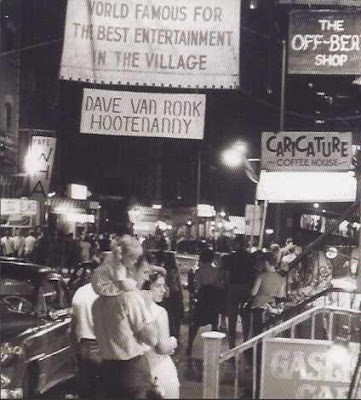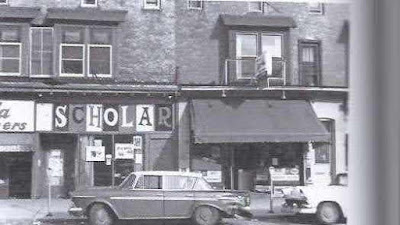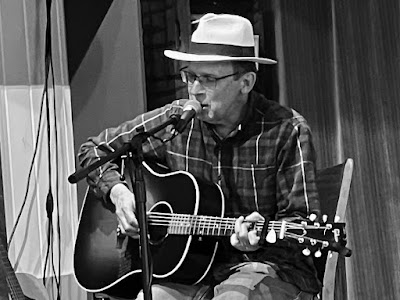A while back, I read an interesting book by David Brooks entitled
‘Bobos in Paradise.’ This book and others like it heralded an oftentimes
unrecognized group of individuals outside of the normal lifestyle. Brooks defined
this new experimental lifestyle or culture as a blending of bourgeois and
bohemian values. To my mind, he could have been talking about the Sixties and
my own experiences there as much as he was about the end of the decade.
Brooks went on to explain: ‘Because we identify ourselves as creative people, we increasingly demand a lifestyle build around creative experiences. We are impatient with the strict separations that previously demarcated work, home and leisure. Whereas the lifestyle of the previous organizational age emphasized conformity, the new lifestyle favors individuality, self-statement, acceptance of difference and the desire for rich multidimensional experiences.’
About the same time ‘Bobos in Paradise’ hit the book shelves, Richard Florida came out with his own well-researched book entitled: ‘The Rise of the Creative Class.’ The book’s jacket notes explained that: ‘Just as William Whyte’s 1956 classic The Organization Man showed how the organizational ethos of that age permeated every aspect of life, Florida describes a society in which the creative ethos is increasingly dominant.’
‘Millions of us are beginning to work and live much as creative types
like artists and scientists always have – with the result that our values and
tastes, our personal relationships, our choices of where to live, and even our
sense and use of time are changing.’
To bring it into the present, I came across an article in the Mpls-St. Paul Magazine about just this very trend. A vacant building named (The Kickernick) on the edge of downtown Minneapolis was recently purchased with the intent of filling it with artists and other creative types. The goal was to generate interest and excitement for that development and similar ones around it.
With the clarity and conclusions of my own past experiences in public
and commercial television, I realized both Brooks and Florida were really
talking about a side life hustle that can go by many monikers. Bohemian, beat
and hippie were just some of the labels hung on my lifestyle and that of my
friends back in the Sixties.
Through my latest reincarnation as a writer, I’ve begun revisiting past people, places and events that, when stitched together, form a quilted tapestry of my life. My own collection of orphaned books and magazines carefully shelved away years ago have opened a new pandora’s box of life experiences and (then) current events that captured my imagination. It confirms two truths of life. One, there have always been those who went down a different pathway in life than that followed by the crowd and, two, nothing lasts forever.
Taking the broader view, we have always had those enclaves of creativity. Paris in the Thirties, San Francisco in the Fifties, Greenwich Village in the Sixties are just a few examples. Closer to home, I missed Dinkytown in the Fifties but caught the wave on the West Bank in the Sixties and now Northeast Minneapolis and the West Side.
Yet even those hotbeds of creativity crumble and dissipate over time
and are replaced by some long-forgotten neighborhood that begins to attract the
creative types. It is yet another reminder that nothing lasts forever and even
the industrial greats among us aren’t always destined for longevity.
Think Sears Roebuck and Montgomery Wards. IBM and Computer land Computers. Woolworths, K Mart and Spartans. The list goes on and on of once top-tier giants in their respective industries who somehow found a way to stumble, lose direction and end up in the dustbin of history.
Imagine if just a few years ago, someone suggested that the venerable Yellow Taxi Cab company would be crushed by individual drivers offering up their own cars for taxi service. Mr. Hilton would have laughed if you thought perhaps in the future individual home owners would offer up their own bedroom or entire homes out for rent to strangers.
Who would have guessed that electronic books might replace some printed
ones? Digital would replace analog. Newspapers and magazines would be crowded
out by social media posts and web sites. Each of these seismic shifts in our
culture were game-changing, often radical concepts that few saw coming.
The common thread through all of these ground-breaking changes was born
in the creative minds of groups and individuals. Now AI (artificial
intelligence) promises to, once again, radically disrupt the food chain of
progress as we’ve come to know and understand it.
Creativity still matters. Even with the assistance and hinderance of AI, the creative mind is the engine that drives it all.












No comments:
Post a Comment